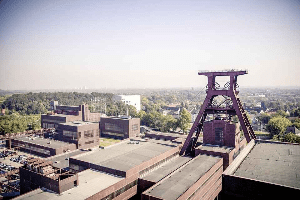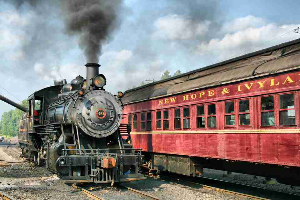A moment’s drilling by the dentist may make us nervous and upset. Many of us cannot stand pain.
To avoid the pain of a drilling that may last perhaps a minute or two, we demand the \”needle\”— a shot of novocaine (奴佛卡因) -that deadens the nerves around the tooth.
Now it’ s true that the human body has developed its millions of nerves to be highly aware of what goes on both inside and outside of it. This helps us adjust to the world. Without our nerves—and our brain, which is a bundle of nerves— we wouldn’t know what’s happening. But we pay for our sensitivity. We can feel pain when the slightest thing is wrong with any part of our body. The history of torture is based on the human body being open to pain.
But there is a way to handle pain. Look at the Indian fakir(行僧) who sits on a bed of nails. Fakirs can put a needle right through an arm, and feel no pain; This ability that some humans have developed to handle pain should give us ideas about how the mind can deal with pain.
The big thing in withstanding pain is our attitude toward it. If the dentist says, \”This will hurt a little, it helps us to accept the pain. By staying relaxed,’ and by treating the pain as an interesting sensation, we’ can handle the pain without falling apart. After all; although pain is an unpleasant sensation, it is still a sensation, and sensations are the stuff of life.
26. The passage is mainly about______.
A) how to stiffer pain
B) how to avoid pain
C) how to handle pain
D) how to stop pain
正确答案:C
答案:C
[试题分析]文章主旨题
[详细解答]文章从以牙医用奴佛卡因来帮助病人减轻疼痛来开头接下来又用印度行僧在胳膊上插上针来镇痛的例子说了人类对付疼痛的历史最后仍然是有关对付疼痛的指出人感觉疼痛的程度与态度有关可见全篇的内容都与人类对付疼痛有关正确答案应为C






